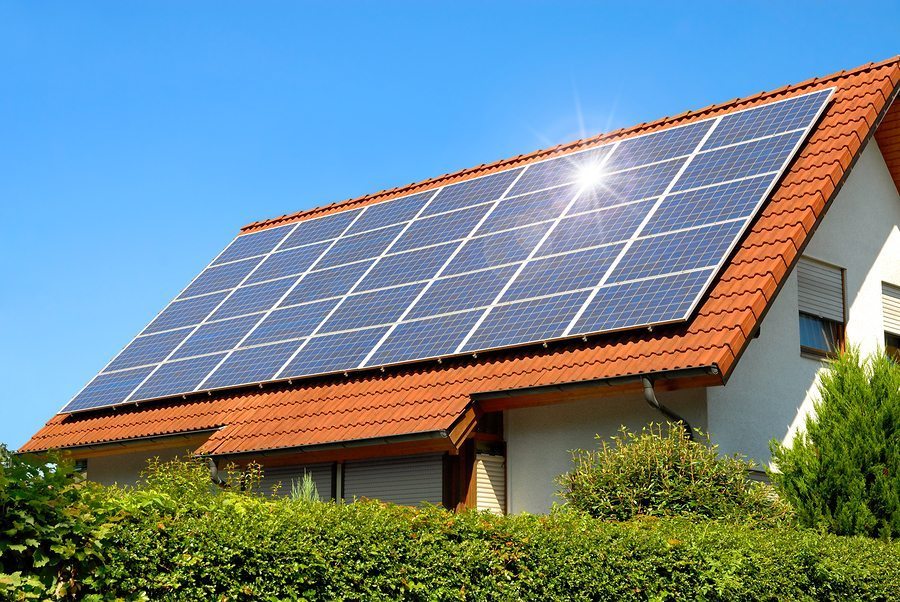As we mentioned before, on February 9, 2016, the U.S. Supreme Court stayed the Clean Power Plan. On May 16, 2016, the D.C. Circuit Court of Appeals ordered that oral arguments be rescheduled for September 27, 2016 and will be he heard by the full en banc D.C. Circuit Court of Appeals. So this means that West Virginia v. EPA, the case that resulted in the stay, will be heard by 11 as opposed to three judges and might expedite a ruling in the case.
Despite the legal uncertainty of the Clean Power Plan, on June 16, 2016, the EPA proposed certain design details for the optional Clean Energy Incentive Program (CEIP) that is included in the Clean Power Plan.
First of all, the CEIP is a voluntary program. It was designed to help states with sources affected by the Clean Power Plan to meet their goals under the plan by removing barriers to investment in energy efficiency and solar measures in low-income communities. CEIP also encourages early investments in zero-emitting renewable energy generation.
The CEIP creates a “matching pool” consists of credits given to a state that is equivalent to 300 million short tons of CO2 emissions.
Two Compliance Instruments
The EPA gives states two ways to comply with the plan, depending on whether the states are using emissions rates or emissions mass to comply with the Clean Power Plan. Those instruments are:
- Allowances: Applies to mass-based plans; measured in tons. EPA’s proposed matching pool is 300 million allowances.
- Emission Rate Credits (ERCs): Applies to rate-based plans; measured in megawatt hours (MWh). EPA’s proposed matching pool is 375 million ERC’s.
Solar projects that provide direct bill benefits to low income communities, demand-side energy efficiency and also wind, geothermal and hydroelectric technologies meet the eligibility requirements for the CEIP.
By voluntarily participating in the CEIP, states could be eligible for early action awards with a 1:1 matching for renewable energy and 2:1 matching for renewable energy projects in low-income communities. States would issue ERCs and allowances first, then EPA would match.
Alabama would certainly benefit from participating in the CEIP, as shown in the table below:
| Renewable Energy | Low-income community | |
|---|---|---|
| Allowances (tons) | 4,683,458 | 4,683,458 |
| Total | 9.37 million allowances | |
| ERCs (MWh) | 5,854,323 | 5,854,323 |
| Total | 11.7 million ERCs | |
Derived from EPA’s Table of Proposed State and Tribal Shares
The CEIP was published in the Federal Register on June 30, 2016 and EPA is taking public comments until August 29, 2016.
Key Provisions
Below are some of the proposals you might want to comment on:
- Criteria for eligible CEIP low-income community projects (i.e. demand-side energy efficiency and solar projects) and zero-emitting renewable energy projects (wind, solar, geothermal and hydropower);
- A flexible approach for states to use definitions of the term “low-income community” under current programs at benefitting those communities; and
- How the EPA matching pool of allowances and ERCs equivalent to 300 million tons of CO2 emissions will be made available to states that choose to participate in the CEIP.
Take Action
Gasp will be commenting on the CEIP. You can either sign onto those comments by signing this petition, or you can submit your own by email, via fax (202-566-9744), or online through Regulations.gov.
PRO-TIP: Include the docket number in the subject line of your email or fax: Attention Docket ID No. EPA-HQ-OAR-2016-033
You can also mail your comments to:
Environmental Protection Agency
EPA Docket Center (EPA/DC), Mail Code 28221T
Attention Docket ID No. EPA-HQ-OAR-2016-033
1200 Pennsylvania Avenue, NW
Washington, D.C. 20460
You should also contact the Alabama Department of Environmental Management and explain all of the benefits that would be realized if Alabama chooses to participate in the CEIP.
Finally, if you would like to learn more about the CEIP, EPA is hosting a webinar on July 19, 2016 at 12:00 PM which can be accessed here.


